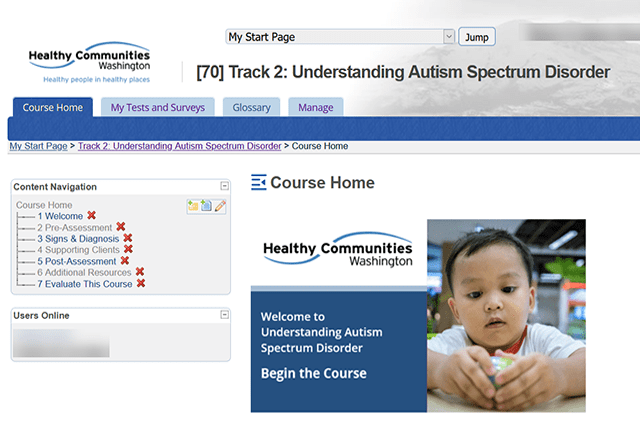Skeptics of distant learning can have good reasons for being skeptical. When they think about turning your staff’s professional development from a live session to online training, they are concerned about what it means for your organization. They wonder how much the transition can cost. And most importantly, they need to be assured that staff will continue to learn when they’re looking at a computer as opposed to sitting in a meeting room.
On the other hand, skeptics can also have some pretty invalid reasons for throwing up roadblocks. Perhaps they hate computers. Maybe they fear change. Or maybe, for whatever reason, they distrust your enthusiasm.
No matter what hesitations your critics have, you’ll do a better job of making your case for shifting to training your staff through a computer-based program if you follow the tips below. In short, doing some prep work will make the job much easier.
Five Steps To Gain Support For Your Online Training Plans
Recognize their concerns
First, admit that moving to an online training program might really pose some challenges. Moving your education to an online training format might be more expensive, at least in the short term. It could also mean hiring new educators who understand online facilitation. And it will require change and learning for the whole organization.
Remember that whenever you’re negotiating, it helps to understand where the other person is coming from. So pose to yourself the concerns your critics will have before you present a training solution so that you can address each one. Let their concerns help guide your research.
Research carefully
Start by doing your own homework so you can back up your position with information that’s relevant. This might include case studies of similar organizations that have built successful online training programs. You can also ask other organizations to let you see how they created their program and answer specific questions for your group.
Back up that research with industry trends. Aim to answer questions like how many other organizations are using e-learning to train public health agencies — see this research from RAC?) and what kind of growth is likely for online training.
Estimate the costs of online vs. in-person training.
Create a spreadsheet that details the base costs of online training. This should include the cost of converting your existing materials to a digital format, hiring staff members, and a technology setup.
Addressing this concern will prevent budget or funding issues from delaying your program later on.
Give a live demonstration.
Online training can be pretty hard to imagine for people with no experience. Make it easier to conceptualize what remote learning looks like by actually demonstrating it. Don’t worry about getting all the logistics down, because you can work with a vendor to prepare a simulated training for your group.
At Talance, we specialize in providing organizations with everything they need for a successful remote learning experience. Contact us about setting up a free demo for your team.
Let skeptics try online training for themselves.
Part two of a live demonstration is to let skeptics try it out for themselves. We create personalized accounts for all stakeholders and let potential clients work in the learning management system on their own. Often seeing how easy an online training program is will help quell fears.
Embracing online training can transform your organization
Gone are the days of mandatory training days sitting in a conference room. Remote learning is a valuable tool for facilitating companywide or specialized training with mere clicks. Luckily, the shift toward remote work and education will make buy-in easier for your organization.
Interested in learning more about online and remote training?



